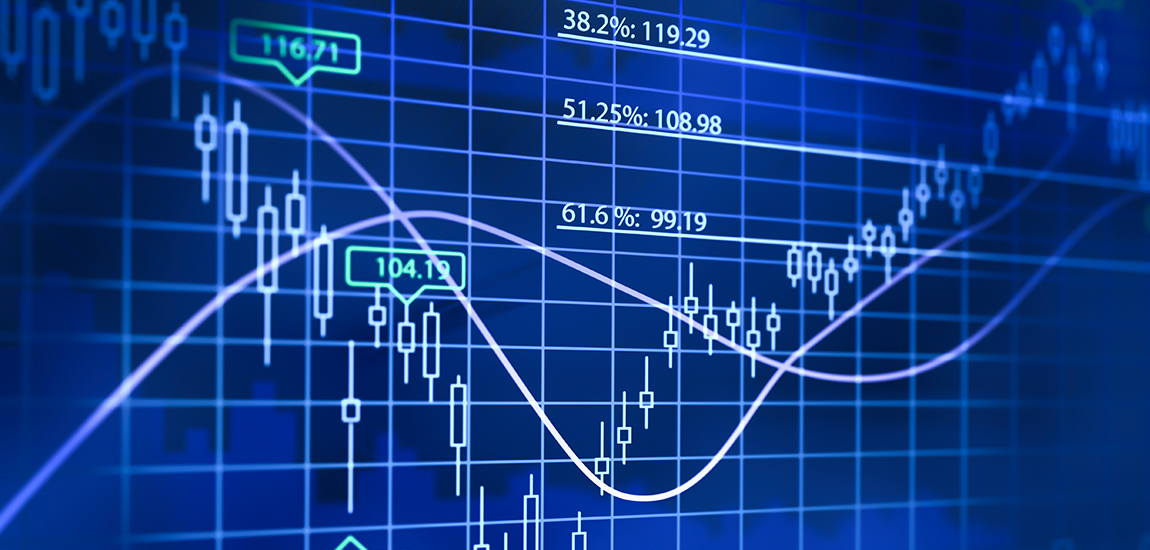
ETFs Rising in the Turbulence
As the market endures another period of global volatility and uncertainty, many investors use exchange-traded funds (ETFs) to manage their financial risk. We’ve previously highlighted strong market quality for NYSE Arca-listed ETFs, and now review broader volume trends and overall strong market quality metrics.
ETFs: Growth and Change Over Time
Over the last 20 years ETFs have evolved from a novel financial concept to a wildly popular investment vehicle, which comprises a substantial portion of total US equity market activity. ETFs now account for more than 20% of market volume and about a third of the total dollar volume traded each day. Particularly, in March 2020, the notional volume traded peaked to represent 37% of consolidated notional volume in the market. Furthermore, the daily average consolidated notional volume has grown 1.5 times as much it was in 2019, from $101 billion to $250 billion.
ETF Growth in Past 20 Years
Cumulative New Exchange Traded Product Launches by Asset Focus
With the growth in active volume seemingly driven by large mutual fund firms entering the space and the growth in leverage volume appearing to rise with the broader volatility, ETFs using active strategies have nearly doubled their trading volume in the last 2 years. Asset class agnostic, actively managed ETFs represent one of the industry’s growth spots with over 60% of new launches in the past year. Also, as the global impact of ESG continuously grows, ESG focused ETFs have been growing volumes in past 4 years. We measured the percentage of ESG focused as a share of total ETF notional volume and found that the pace of activity has accelerated dramatically and is now 7X 2018 level. The rise in ESG focused ETF activity is likely a result of growing awareness from the public and it will likely continue.
2022 Outlook in ETFs
ETFs allow investors to easily gain exposure or hedge risk to specific situations. This year, as the economic turmoil is unfolding facing the war on Ukraine, ETFs exposed to international assets have increased their activity. Particularly, in equity ETFs, over 5% more volume has flowed into international ETFs from domestic ETFs since the beginning of year, increasing from 25% to 30% of total notional volume traded when the tension over Ukraine seemingly peaked thus far. ETFs in fixed income have been traded over 3% more in February compared to January. The shift in ETF volume likely reflected the fear of war and the growing tension will continuously reinforce this trend. The rush to ETFs in fixed-income market in the past month suggested a potential flee to the bond market amid the Ukraine crisis since ETFs have been steadily growing in periods of high market volatility. Furthermore, we started to see even more flows into fixed-income ETFs from equity ETFs in March. The on-going war might accelerate the volume shift towards the fixed-income market.
Market Quality in ETFs
Certain features of ETFs, such as the ability to create and redeem shares in exchange for the underlying securities, can help improve market quality by offering market participants alternative way to execute trades. Hence, ETFs have been a preferred vehicle acrosss asset classes to manage exposures given their liquidity in more volatile periods. We measured market quality in ETFs by comparing changes in ETF market quality to changes in corporate stock attributes during periods of stress.
Quoted spread is an important proxy for trading cost, and it tends to widen when market volatility increases. The below charts show that the median ETF has tighter quoted spreads than the median corporate stocks. More importantly, when comparing quoted spread changes since 2019, ETFs rose much less than corporate stocks. This has been true in 2022 thus far, as the Russia-Ukraine conflict has increased volatility and ETF spreads have reacted at 1/3 the rate of corporate stocks.
Within the ETF market, we find fixed income ETFs with tighter daily average spread than equity ETFs, which may reflect the relatively narrower range of fixed income products available relative to equity products. We also see quoted spreads in active products wider than in index products.
Summary
ETFs now regularly account for 35-40% of total equity market notional volume traded. This appears to reflect both continued demand for traditional passive equity products and expansion into new offerings. ETFs provide investors flexibility, as we’ve seen with elevated activity in international and fixed income products during the recent Ukraine crisis. At the same time, we’ve seen market quality in ETFs remain strong, especially as compared to corporate stocks.
NYSE Research Insights
Find all of NYSE Research's articles on market quality, market structure, auctions, and options.